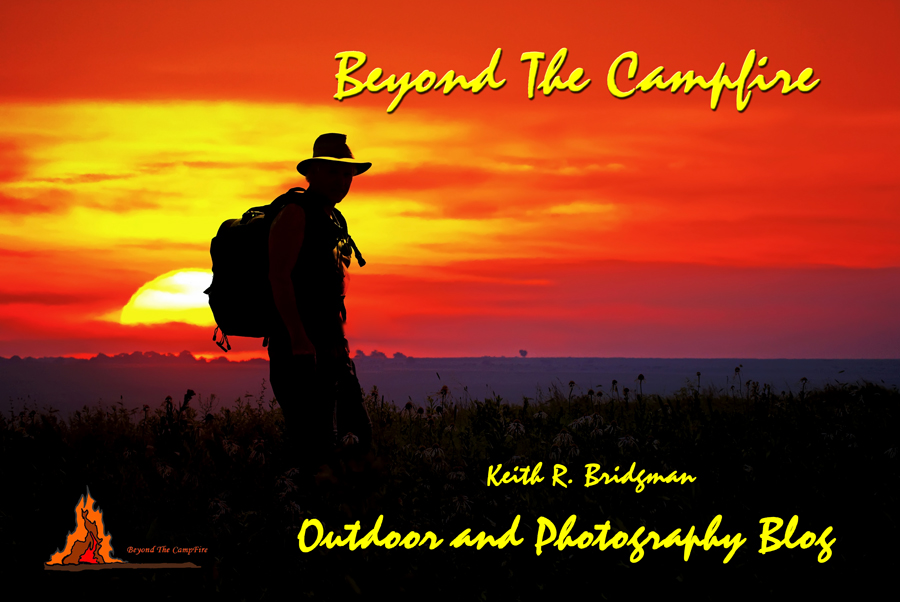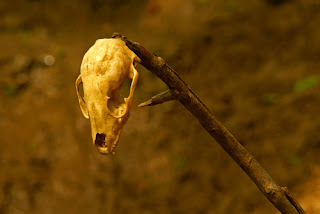It’s not unusual for me to bring home odds and ends I might find while out and about. My garage holds an assorted collection of feathers, animal skull’s, a horseshoe or two, knurly sticks and rocks, old fishing bobbers, and other assort objects of like kind. While hardly treasures of real value, it is fun to do such things, and even more fun to research something about them. One of my favorites is an old bottle I found around an old ship wreck way back in the mid-1970’s while I was stationed in Winchester Bay, Oregon during my Coast Guard days.
The Oregon Coast is littered with shipwrecks. Along that stretch of the Pacific one can find some of the stormiest weather around which plays havoc with vessels of all sizes…that’s why the Coast Guard is there. Many of them ran aground near the mouth of the Umpqua River at Winchester Bay. South of the Umpqua River Bar, sometime during the early part of the 1900’s, a schooner ran aground and was lost. Over the years, its remains were reclaimed by the elements and the frame was covered by the encroaching sands.
I don’t remember the exact date, but during my tenure in that location probably in 1975 sometime a particular storm blew in that disrupted a stretch of beach for several miles in either direction. The storm washed a lot of the sand away around where the schooner ran aground and exposed what remained of the wooden frame.
It was a decent hike down to it, but one day I did just that, took a hike to see if I could find it. Sure enough, I managed to find it a few miles down the beach, along with several others who had the luxury of driving down there in 4x4 rigs. I searched around the blackened old timbers and found an iron spike and a brass spike, but nothing much of interest. That is until I began to look along the wall of sand that extended along the beach at the high water mark. Two old medicine bottles were sticking out of the sand both still retaining their cork stoppers. One was a small round Listerine bottle, the other a typical medicine bottle of the early 1900 era.
At first I thought the Listerine bottle must be more modern, but after closer examination, it became apparent that it was of an older design with numerous air bubbles embedded in the glass and it had a pale purplish hue. The top or lid was an obvious give away as to its age as it was clearly applied after the bottle had been blown. The medicine bottle also retained many of the same traits.
Over the years, I misplaced and rediscovered both bottles numerous times. I still have the Listerine bottle, and somewhere the other one lurks hidden inside of a box probably in the attic. Resent research indicates that the schooner remains where I discovered the bottles might be one of three vessels. The San Gabriel which ran aground 4 to 5 miles south of the Umpqua River Bar in Jan of 1913 (I remember hiking a couple miles from the last parking area south that was accessible at the time), or the Caroline which is listed as running aground just south of the bar in June 1913, or The Novelty which ran aground south of the bar in 1907. Other than that, I really don’t have much information about the name of the actual vessel, it could have been either of them, or possibly another one entirely. Research on the Listerine bottle also indicates that the style of bottle was manufactured from sometime before 1900 to around 1915, which would place it well inside the date ranges of all three of those vessels.
Some years later another small treasure I found was discovered in Oklahoma near a Civil War battle field just north of Skiatook. Believe it or not, there were a few Civil War battles fought in what was then Indian Territory. Although they had little influence on the outcome of the war, they did affect the lives of the native populations who were engaged as a result. Here is a brief description of one of the battles known as The Battle of Chustenahlah.
Confederate troops had undertaken a campaign to subdue the Native American Union sympathizers in Indian Territory and consolidate control. They had attacked Chief Opothleyahola’s band of Creeks and Seminoles earlier at Round Mountain and Chusto-Talasah, not far from present day Tulsa. Now, they wanted to finish them off by assaulting them in their camp at Chustenahlah in a well-protected cove on Battle Creek. Col. James McQueen McIntosh and Col. Douglas H. Cooper, commanding the Indian Department, planned a combined attack with each of their columns moving on the camp from different directions. McIntosh left Fort Gibson on December 22, with 1,380 men. On the 25th, he was informed that Cooper’s force could not join for a while, but he decided to attack the next day, despite being outnumbered. McIntosh attacked the camp at noon on the 26th. The Union defenders were secluded in the underbrush along the slope of a rugged hill, but as the Confederate attack came forward, the Native Americans began to fall back, taking cover for a while and then moving back. The retreat became a rout as the Federals reached their camp. They attempted to make a stand there but were forced away again. The survivors fled; many went all the way to Kansas where they found loyal Unionists. Chief Opothleyahola’s band of Creeks and Seminoles mounted no resistance again.
Today, the battle site lies on private property. One summer day 10 or 12 years ago, I drove over there and talked to the owner who granted me permission to look around. I found nothing of consequence on that day, but did return several times. On one of those return trips, my friend Ralph wondered why a rose bush would be growing out in the middle of this one field and he thought there might have been an old shed or building there at one time. So we began to work the metal detector around that area and almost immediately started getting hits…some of them quite deep.
What we began to find were old wagon parts…hubs, broken pieces, harness rings…things of that nature. One thing we learned was that during the battle, many of the encamped wagons were overturned and burned. We were suspecting that we had stumbled onto one of those old wagons…which oddly enough could have been carrying a rose bush as these were mostly civilians trying to escape the ravages of a war that had been thrust upon them. Somehow, over the years, that rose bush must have taken root and survived until modern times. I also read from the original officer’s account of the battle that many of those who were killed in buried in a common shallow grave. At the time I was doing the research, no one knew for sure where that burial site was located.
While searching and between the loud solid hits on the large metal wagon parts, I picked up a very faint signal…so weak that I almost ignored it, but I dug around and discovered what appeared to be a decorative piece from possibly a purse. I believe it was probably made of brass, but was very delicately made and showed no real signs of corrosion. I kept the part in an old cigar box…if I could old find that old cigar box, I’m sure it will still be in there.
Eventually, I gave up the search having not found really anything of consequence, but it was fun to look around. Hunting for old treasures can be as simple or complex as you want...I've never really made much of an effort to do so, just superficial, but those superficial moments were full of anticipation. There's a good probability I might do so again soon.
Keith








